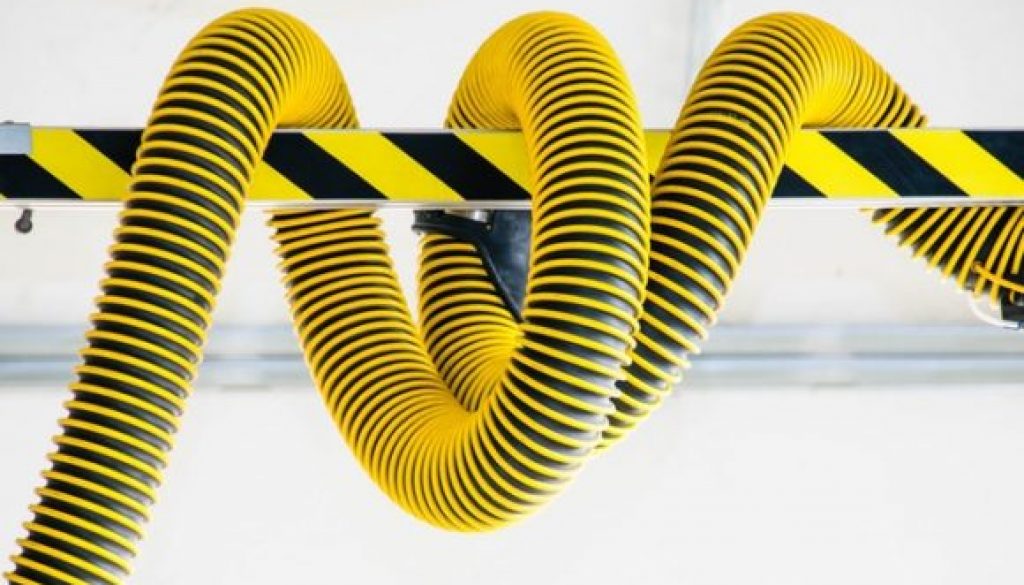Keep it moving… why it’s important to keep the peristalsis moving
For many, it’s out of sight, out of mind after you chew (hopefully) and swallow your food. Given the upcoming facts, you may want to pay closer attention to what happens after you swallow and how the food is transported to the opposite end of the digestive tract.
First, where is the peristalsis muscle, what does it do and how does it work? And, for simplicity sake, I’m going to refer to the one in the digestive tract, not the urinary tract.
- The digestive peristalsis muscle (tube) begins at the point where you swallow your food and travels all the way to the exit, known as the anus. This is roughly 30’ long.
- The first few inches of the peristalsis muscle are voluntary, and the remainder is involuntary. This is important because you cannot will it to move, you must take actions that encourage movement. This movement may be the difference between optimum health and gastrointestinal issues. It’s that simple.
- This muscle works by contracting, making a wave-like squeeze and twist, much like a snake’s movement, to move food and liquid from the top to the bottom (pun intended).
Here are a few examples of what may cause the peristalsis muscle to slow down:
- Sitting A LOT.
- Not chewing your food thoroughly (each chew stimulates the peristalsis action).
- Bed ridden.
- Reduced water intake (dehydration).
- Overuse of laxatives.
- Sedentary lifestyle.
- Chronic constipation.
- Some medications.
- Aging.
- Injury.
- Eating disorders such as anorexia and/or bulimia.
- Narcotics.
- Low fiber diet.
- And, more…
More easy-to-use information: Intestinal Health ~ A Practical Guide to Complete Abdominal Comfort http://amzn.to/2ckb2Mm
What can happen when the peristalsis slows down, called motility disorder?
- IBS (irritable bowel syndrome) – chronic constipation or diarrhea.
- Dysphagia – inability to swallow.
- Gastroparesis – food does not move beyond the stomach.
- Intestinal blockage, obstruction, or narrowing.
- GERD (gastroesophageal reflux disease) – acid coming up from the stomach.
- Esophageal spasms – regurgitation of food with spasms.
- Ileus – abdominal or pelvic surgery resulting in stopped movement of the peristalsis.
What keeps your peristalsis muscle working?
- Adding fiber to your diet – vegetables, almonds, flax seeds, psyllium husks, fruit, and grains.
- Drink more water – ½ your body weight or more.
- Chew your food completely.
- Reduce dairy, overcooked, and processed foods.
- Reduce coffee intake and replace with water.
- Cod liver oil.
- Probiotic supplements and probiotic foods – kimchi, yogurt, kombucha, etc.
- Daily exercise and stretching.
- Squat position on the toilet using yoga blocks, box, squatty potty, or Wells step.
It’s in your best interest to ensure long-term health to keep your peristalsis muscle moving and moving strongly every day!
Fast Health Tip & Recipe Videos: http://bit.ly/29C5dIx – SUBSCRIBE.



